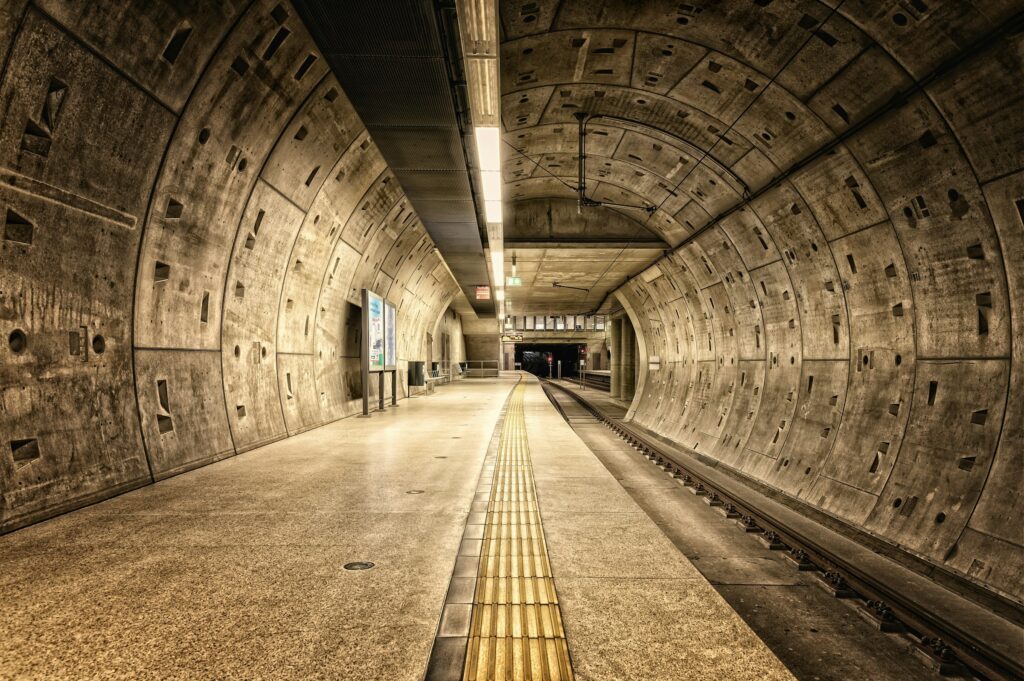Great architecture is not only that which catches the eye. It also needs to keeps everything running behind the scenes. For that reason, smart outdoor design begins where most people aren’t looking: underground.
Trench drains play a crucial role in making sure spaces like loading docks, parking lots, and warehouse entrances stay safe and functional, no matter the weather. They quietly direct stormwater away from high-traffic areas, protecting the pavement and keeping daily operations flowing without interruption.
When you choose the trench drains of ULMA for your project, you’re choosing a system that laughs at heavy traffic and high water. Built for big flows and bigger loads, these channels keep your site dry and your schedule on track with no fuss and no unexpected failures.
But, why should you care about this? Let’s take a look.
Why Trench Drains Matter
Trench drains might sit flush with the pavement, but they pull plenty of weight. By carrying surface water along a continuous channel, they stop runoff from pooling where people walk or vehicles turn.
Instead of forcing water toward a single grate, the trench stretches across driveways and plazas, so everyone keeps moving safely even in a downpour.
Handling water on the spot also protects your hard surfaces for the long haul. Once moisture seeps into asphalt or concrete, freeze–thaw cycles and erosion can turn small cracks into costly potholes. A well-placed trench drain funnels that water underground, extending pavement life and saving you maintenance headaches.
In busy industrial yards, rainwater often mixes with oil or fuel spills. ULMA Architectural trench drains steer that contaminated runoff toward separators or treatment units, helping you stay compliant and safeguard local waterways.
Performance Under Heavy Loads
Loading docks are tough on everything, drains included. Trucks, forklifts, and delivery vans put relentless pressure on the pavement, so you need channels and grates that won’t flinch.
Luckily ULMA’s reinforced polymer-concrete bodies and ductile-iron grates are rated up to F900, strong enough for fully loaded tractor-trailers. Multiple bolt-down points lock each grate in place, preventing rattle, shift, or breakage even during round-the-clock operations.
For distribution centers and industrial parks, reliability is even more important. Luckily ULMA drains shrug off impact and abrasion, and their polymer concrete resists the chemicals and oils that spell trouble for standard concrete. That durability keeps your workflow humming and your downtime to a minimum.
Materials and Design for Lasting Durability
Traditional concrete can crack, spall, or corrode when winter freeze cycles or harsh chemicals hit. ULMA’s polymer-concrete channels deliver more than twice the compressive strength of standard mixes and absorb virtually zero water, so freeze–thaw damage and rust don’t stand a chance.
Pair those channels with ductile-iron or galvanized-steel grates that flex under heavy wheels, and you’ve got a drainage system built for decades. Need an all-in-one option? ULMA’s KompaqDrain® fuses channel and grate into a single monolithic piece. No loose parts, no missing covers, just steady performance year after year.
Smart hydraulics seal the deal. V-shaped interiors and built-in slopes speed up flow, while Max-Flow® inlets widen the capture zone and help scour sediment as water passes. The result: cleaner channels and fewer routine cleanouts.
Integrating Drains Into Your Design
Let’s map drainage from day one of your next project. You’ll need to place trench drains where water naturally collects: at the bottom of ramps, across parking aisles, or along building edges. This will make them feel intentional instead of tacked on.
You’ll need to plan for upkeep, too. For example, you can include lift-out sections or catch basins where crews can vacuum or hand-clean debris. Easy access means your drains keep performing like new, season after season.
Proven Results in Real Projects
Major airports count on trench drains to keep runways clear. Busy terminals rely on ULMA systems to handle aircraft loads and sudden downpours. Retail giants such as Costco trust ULMA drains to manage rain and spills under nonstop forklift traffic, sidestepping costly delays.
Highway toll plazas lean on F900-rated channels to withstand the constant pounding of heavy rigs, while ports and gas stations capture oily runoff before it reaches open water. Across the board, ULMA brings together load strength, hydraulic efficiency, and chemical resistance in one package.
So, if you choose the right trench drain from the outset, you’re setting your project up for long-term success. It doesn’t matter if you’re working on a loading dock, a commercial plaza, or a warehouse yard: ULMA drains will work quietly beneath the surface, moving water, supporting traffic, and keeping business running smoothly, day in and day out.

